How to Sew with Minky Fabric: Easy Tips for a Beginner
If you are a beginner sewist or quilter, sewing with minky can seem intimidating at first. Here are some simple sewing tips for sewing and quilting with minky fabrics.
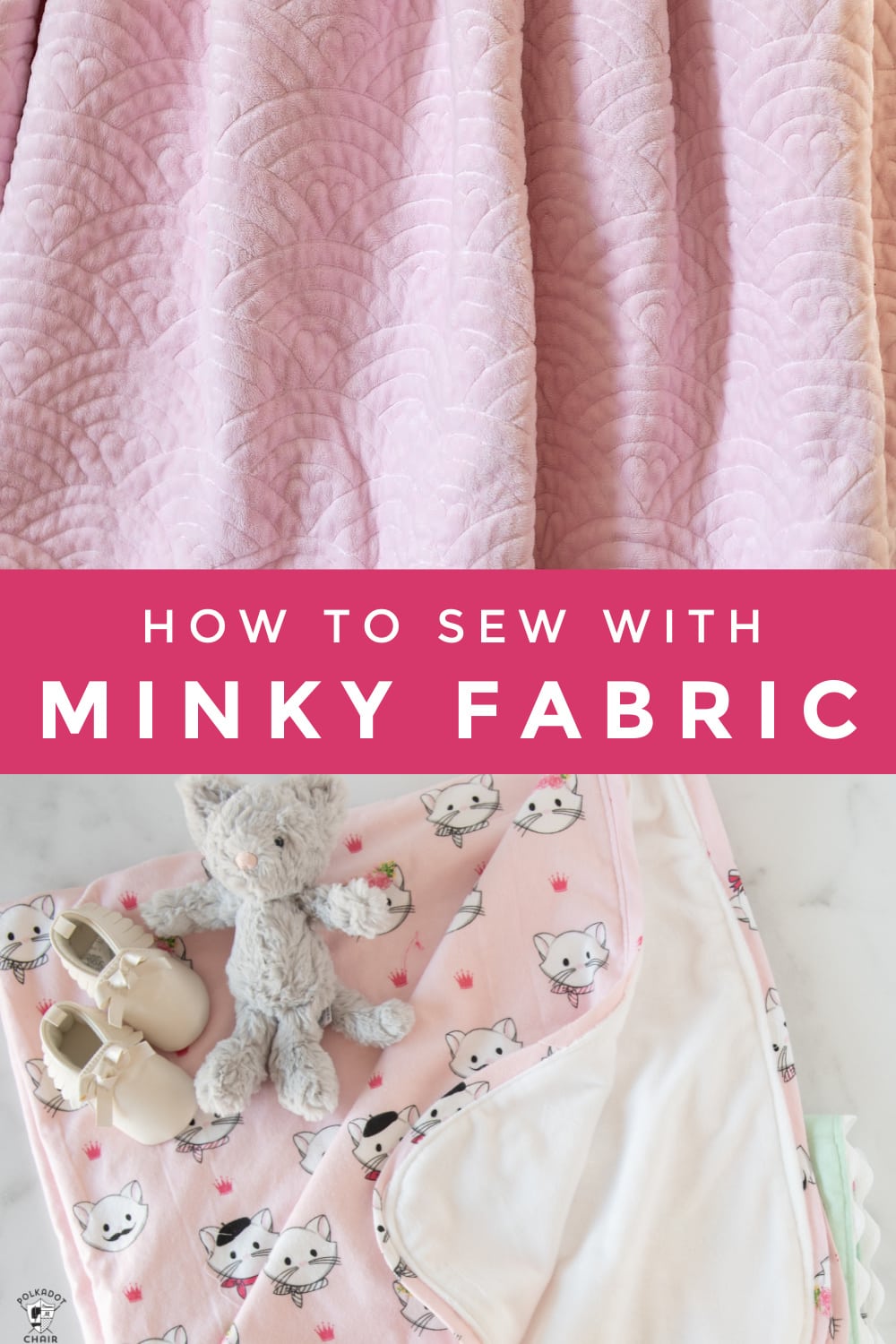
I love minky fabric; I know that it’s common to use it to create baby blankets and quilts, but all the grown-ups in my house love it too! It is soft, washes and wears well, and is wonderful to use for quilt backs.
As with many sewing and quilting projects, sewing with minky may require some trial and error. I can share with you my best tips, but they might not work for you. We each have different sewing machines.
The minky we buy may come from different manufacturers. We also may have different preferences when it comes to the look of our finished projects. One technique may work great for me, but not for you.
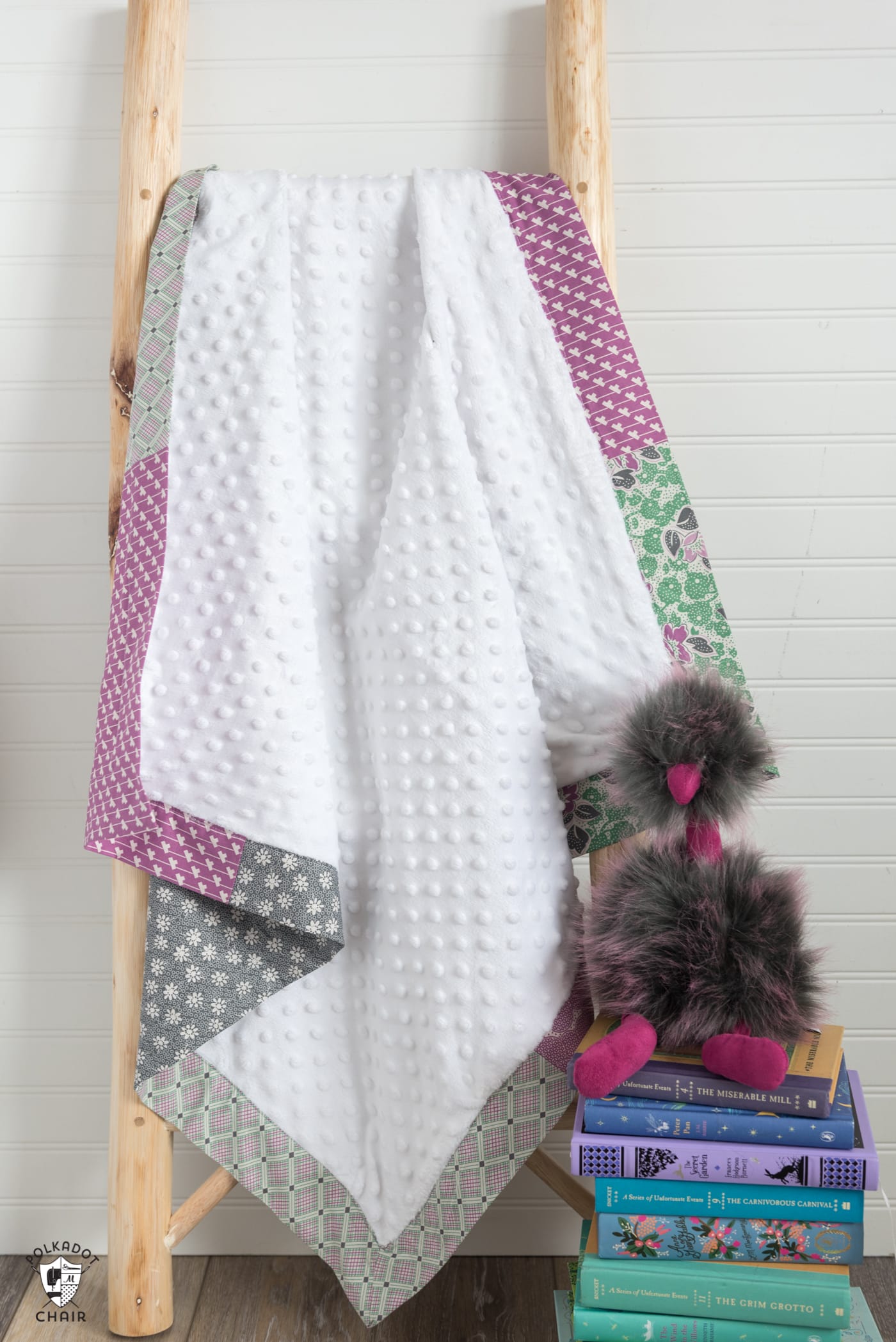
Don’t be afraid to do some “test” stitches on scraps of fabric, experimenting with different thread brands, presser feet, and fabric types. It might seem like a bit of extra work at the beginning, but it will save you time overall. If you dislike ripping out seams as much as I do, then you’ll want to sew on the scraps first!
Fabric Characteristics of Minky
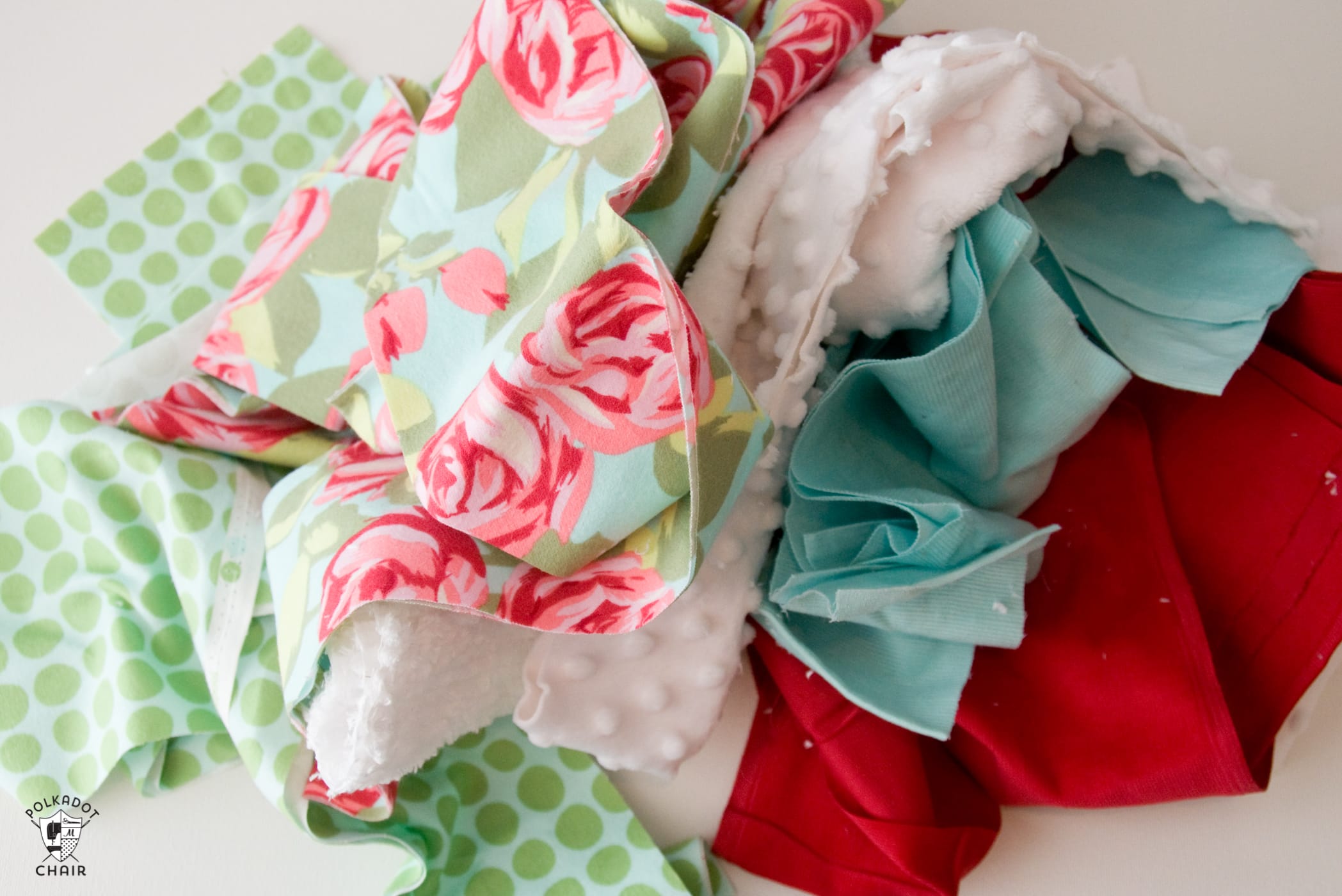
Minky fabric is a 100% polyester fabric that is known for its plush texture and soft feel. It’s durable, easy to care for, and long-lasting, which makes it a great fabric to use for projects for babies and children (however, it should never be used for sleepwear).
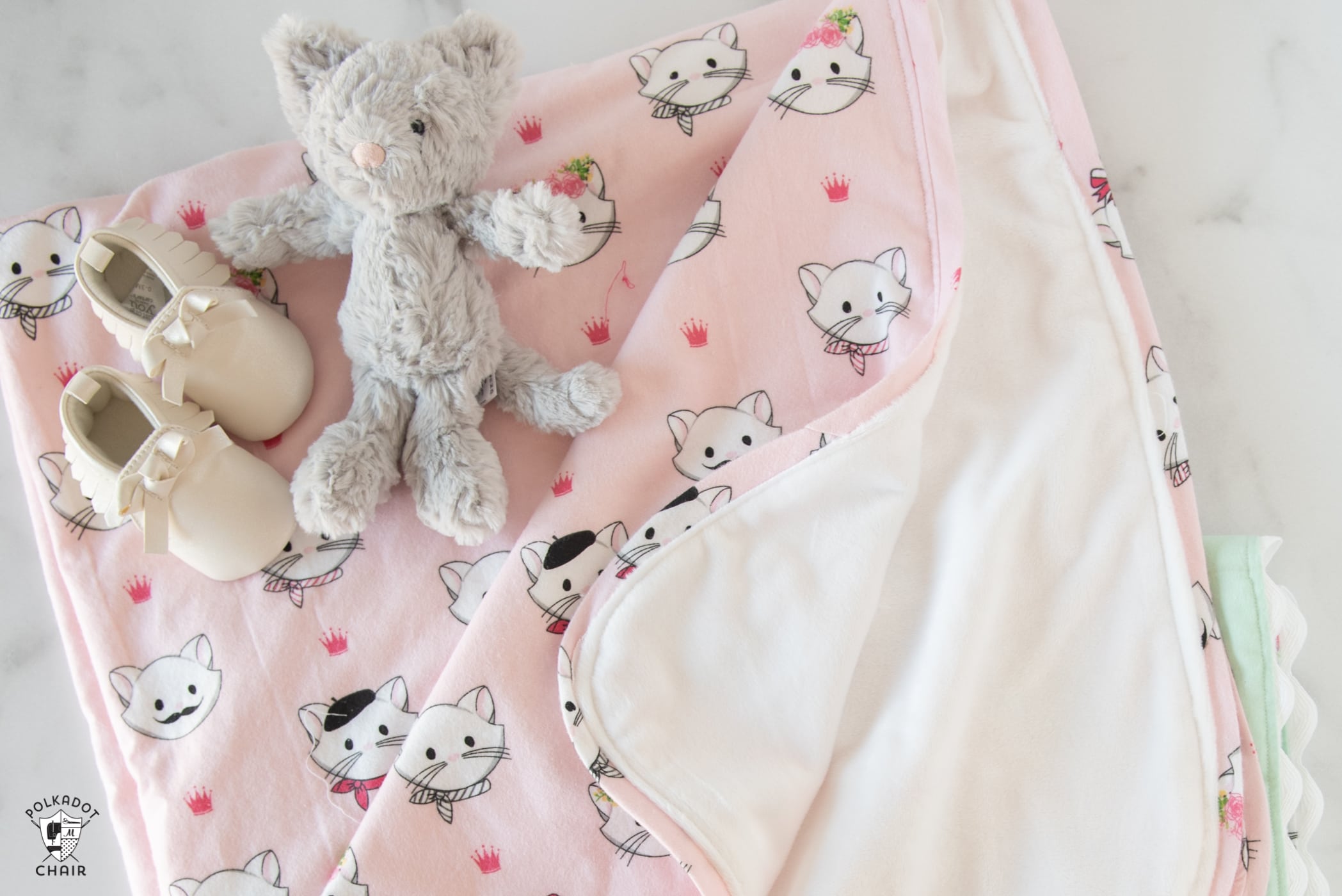
Minky fabric has a noticeable nap (which put is the height and density of the fibers); the nap can range from short to long. It comes in a variety of colors and textures too! Dimple minky is one of my personal favorites!
What Can You Sew with Minky Fabric?
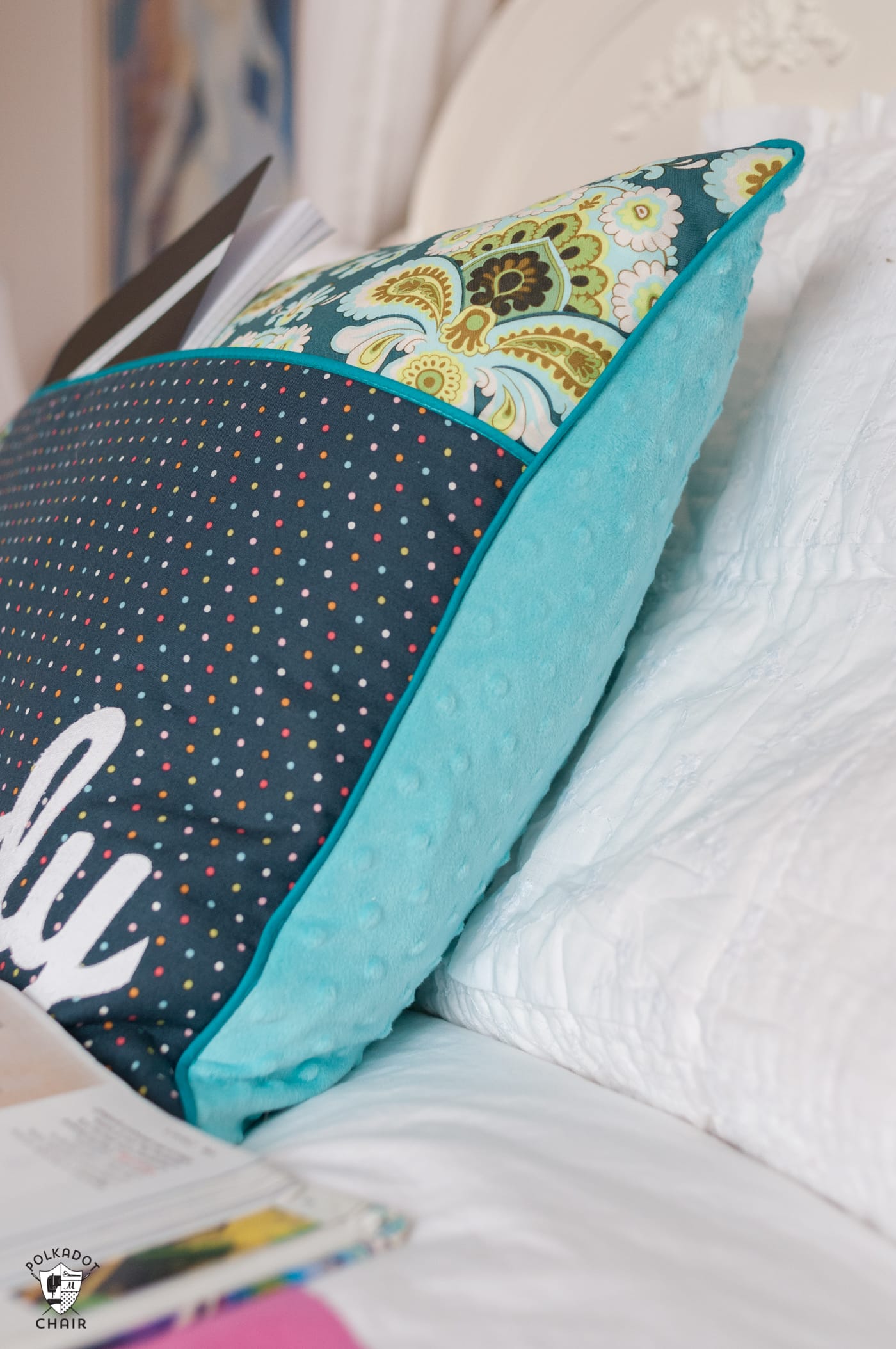
Minky fabric on the back of a Reading Pillow
Minky fabric is obviously great for creating minky blankets and the backs of baby quilts. There are a lot of other fun things to try with it as well. Here are a few; I’ve linked the projects that we have a free tutorial on our site.
- Flannel & Minky Baby Blanket
- Patchwork Self Binding Baby Blanket
- Baby Bib (substitute the backing fabric for minky)
- Robes
- Pillowcases
- Pillow backs
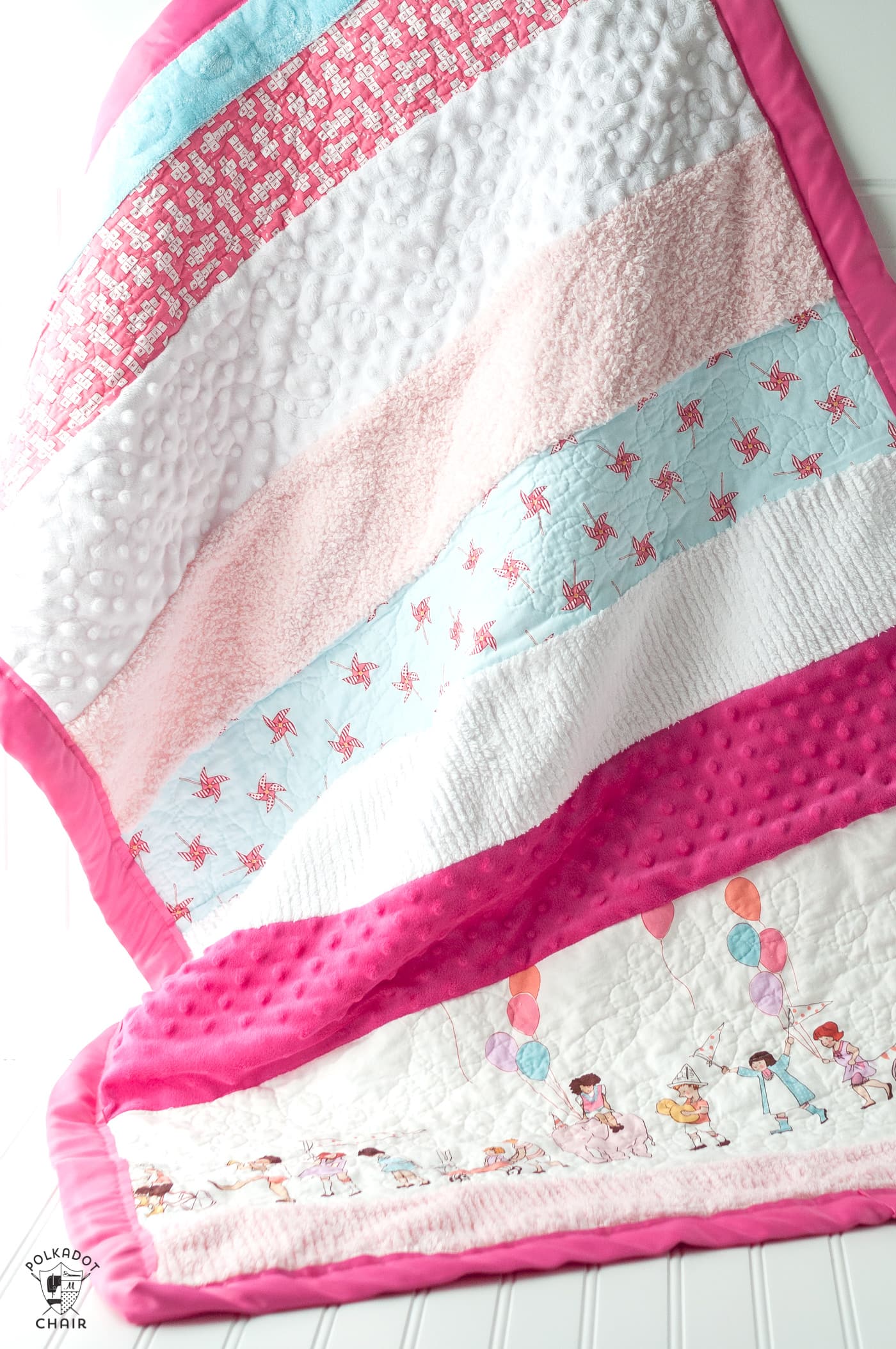
This baby blanket is made with scraps of minky and cotton fabric.
Frequently Asked Questions About Sewing With Minky Fabric
Yes! It’s really simple to sew with minky on a home sewing machine. This article will give you some tips that will hopefully make it easier!
Since it’s 100% polyester and won’t shrink, it’s not necessary. There’s no need to wash it from a construction perspective. However, many people worry about fabric arriving dirty from the manufacturer and wash it before use. It’s up to you.
I use a 3.0, normally, I sew at a 2.5, but the longer stitch length is better since the fabric can “slow down” your machine a bit, and you don’t want tiny close-together stitches. I recommend sewing a scrap of minky on your machine beforehand to see what the best setting is for your particular sewing machine.
If you have a walking foot, it is the best to use. It will help feed the fabric layers evenly and help compensate for any slipping the fabric may do as it’s fed through your machine.
Absolutely! I use it frequently. When I’m quilting on a home machine, I use spray baste to minimize stretch and movement while I sew.
This quilt was quilted on a long-arm machine, and you can see how nicely the texture of the minky shows off the quilting design.
Yes. However, you will want to place it so that the selvage edges are facing out. It can stretch, so placing the selvage perpendicular to the long arm frame will help minimize the stretch. If you place the selvage parallel with the frame, it may stretch too much as it’s rolled onto the fabric rollers.
Yes. It varies by manufacturer, but most all minky stretches.
Personally, I have used 100% cotton and 100% bamboo batting with minky and had wonderful results. You can use almost any batting that you prefer. I recommend a low loft batting since the pile of the minky is thick, and if you use a high loft batting you may end up with a really puffy quilt!
There are a few needles to try; the one you choose will ultimately be up to you. Minky fabric is thicker than quilting cotton, so you’ll need a heavier needle. I like to use Microtex needles, but many people prefer a 90/14 topstitch needle. You can also try a jeans needle or a stretch needle, as minky is technically a stretch/knit fabric.
I prefer to use a 50wt polyester thread when sewing with minky. It’s stronger than cotton thread and holds up better long term.
You can iron it on VERY low heat. You should also use a damp pressing cloth. If you try to iron minky with a pattern (like a dimple) you may iron the dimple out! So proceed carefully. The good news is that there is rarely a reason to iron minky. It’s pretty wrinkle-proof.
Minky is strong, so you don’t need a larger seam allowance. If you are creating a patchwork project with minky, however, the bulk will add to your seam allowance, so plan accordingly.
How to Care for Minky Fabric
Do not ever use fabric softeners when washing minky fabrics. They can “clog” the fibers, and they will lose some of their nap and texture. It can also make them feel “crusty”.
Wash minky fabric (and projects created with it) in a washer with cold water. It’s recommended that you air dry minky, but you can dry them in a machine; use the lowest heat setting possible.
The high heat from a dryer and minky fabric can generate static electricity, which you do not want! If you know the manufacturer of the minky you purchased, you can also check their website for specific care instructions.
7 Tips For Sewing With Minky Fabric
One: Use a Rotary Cutter
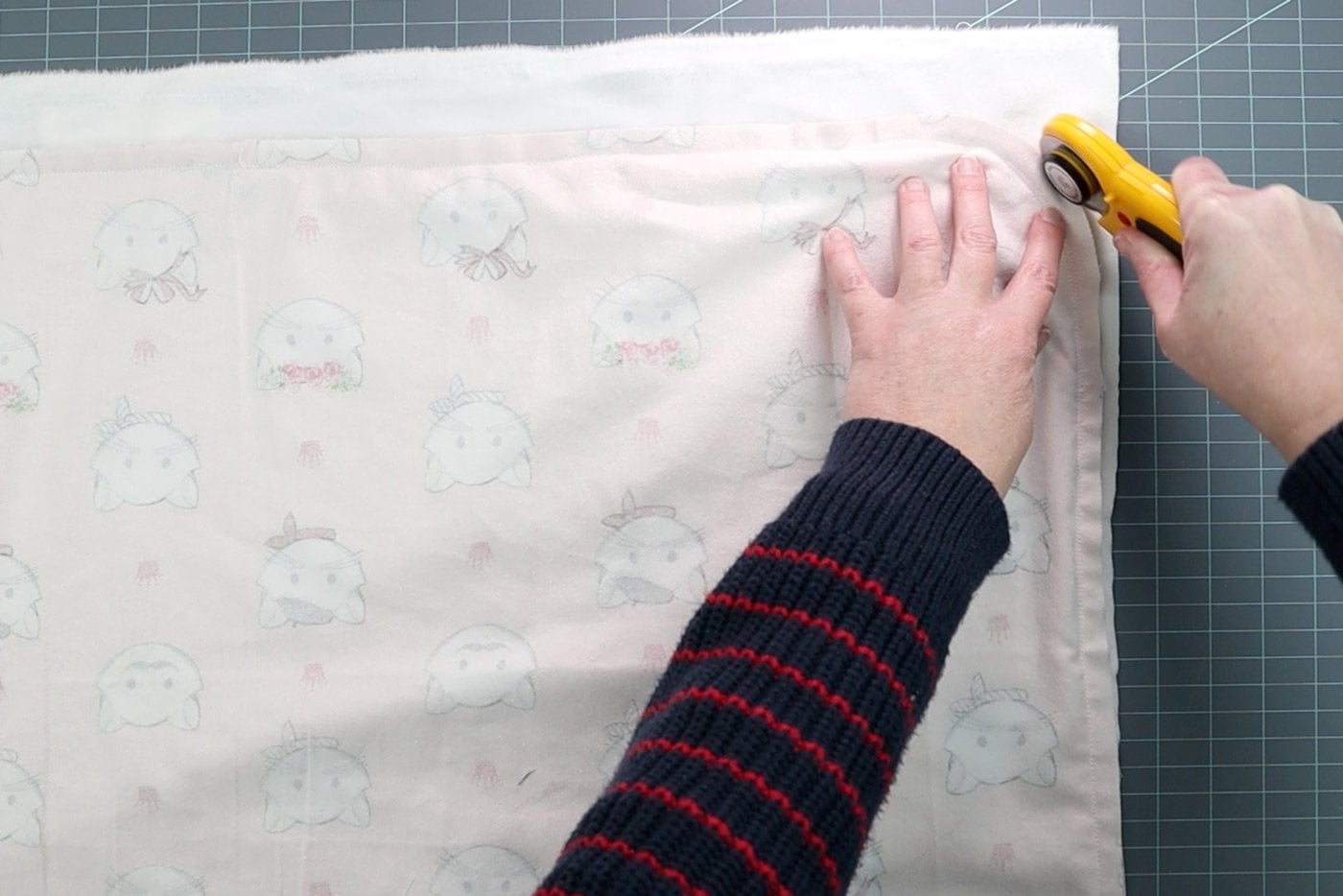
Cut Minky fabric with a Rotary tool. I recommend a rotary tool with a 45mm blade. if the minky you’re working with is very thick, you may need to go up to the 60mm blade. If you do use scissors, make sure that they are very sharp!
Two: Plan for the Mess
Minky fabric is messy when it’s cut. That’s just how it is. Instead of trying to avoid the mess, plan around it and keep a lint roller close by. If you feel there is an excessive amount of “fuzz” wash & dry the fabric again.
Three: Pins, Pins & More Pins!
Use a lot of pins! Normally I’m not one who pins much as I sew. However, when I sew with minky fabric, I am careful to pin every 1″ of a seam. When you’re going around corners or curves, you may need to pin every ½″. You can also try using binding or wonder clips instead of pins.
Four: Let your Machine do the Work for You!
When sewing minky and another fabric, always have the minky fabric closest to the feed dogs of the sewing machine. The feed dogs (those little metal plates under your presser foot), will help to feed the fabric as you sew evenly.
Five: Use a Walking Foot
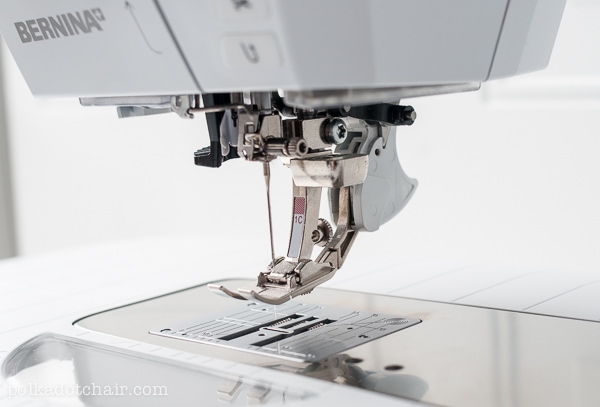
Use a walking foot. A walking foot (or a dual feed foot as shown above) is a presser foot that attaches to your sewing machine that “walks” over your fabric. I use a walking foot anytime I’m sewing multiple layers of fabric together or any thick fabrics.
Six: Use a Longer Stitch Length
A slightly longer stitch length will help your fabric feed evenly. I recommend a 3. If it’s too much smaller, the fabric may bunch up as you sew, and you will be left with very tiny stitches.
Seven: Try a New Needle
Try using a Stretch Needle, Microtex, or a brand-new of your favorite sewing machine needle. Personally, I sew with a Universal 90/14 needle and have been fine. However, a lot of sewing is machine specific, and your machine may be “happier” sewing minky fabric with a stretch needle. I usually use a 90/14.
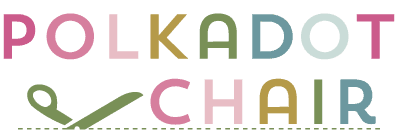
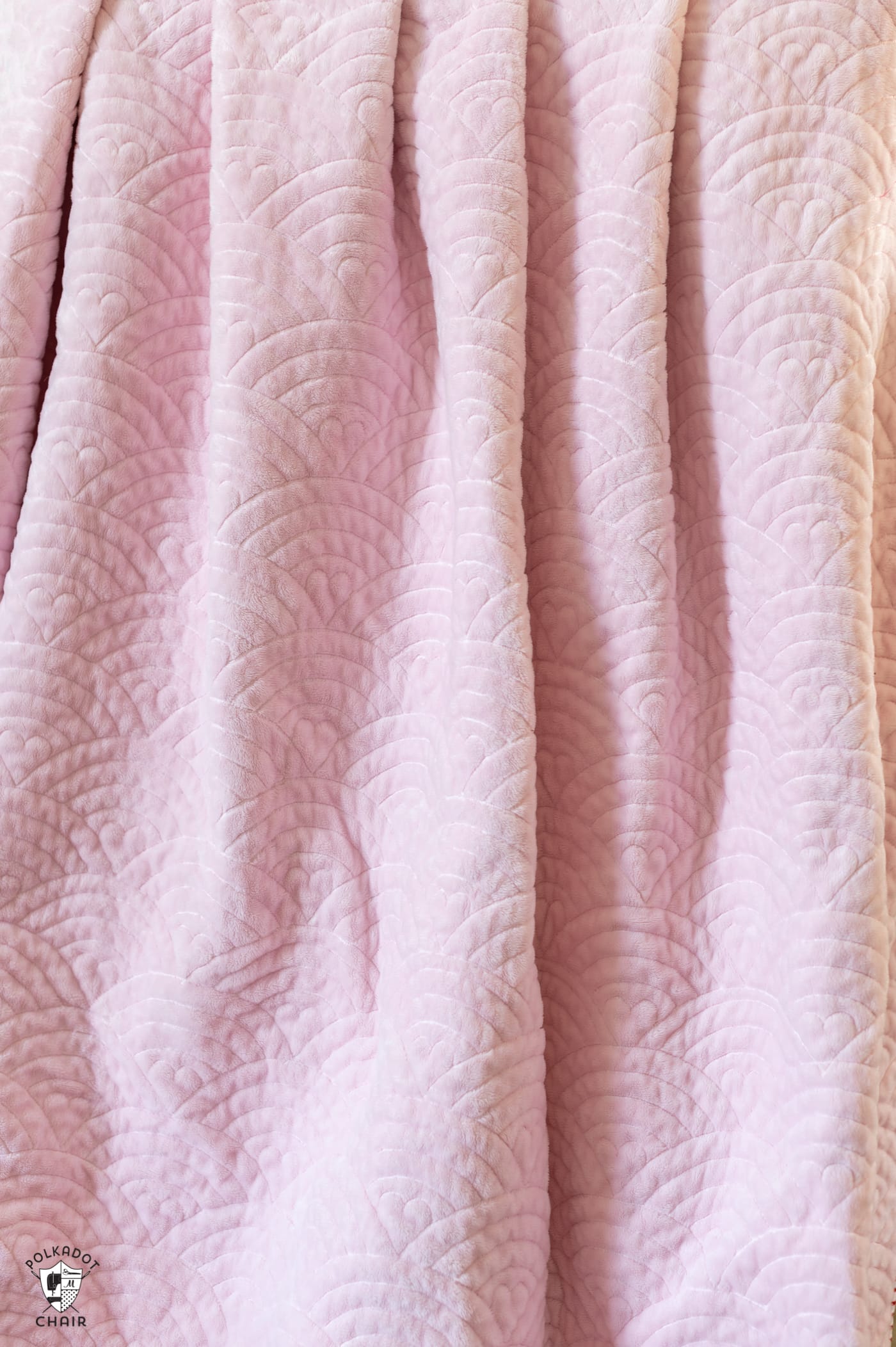
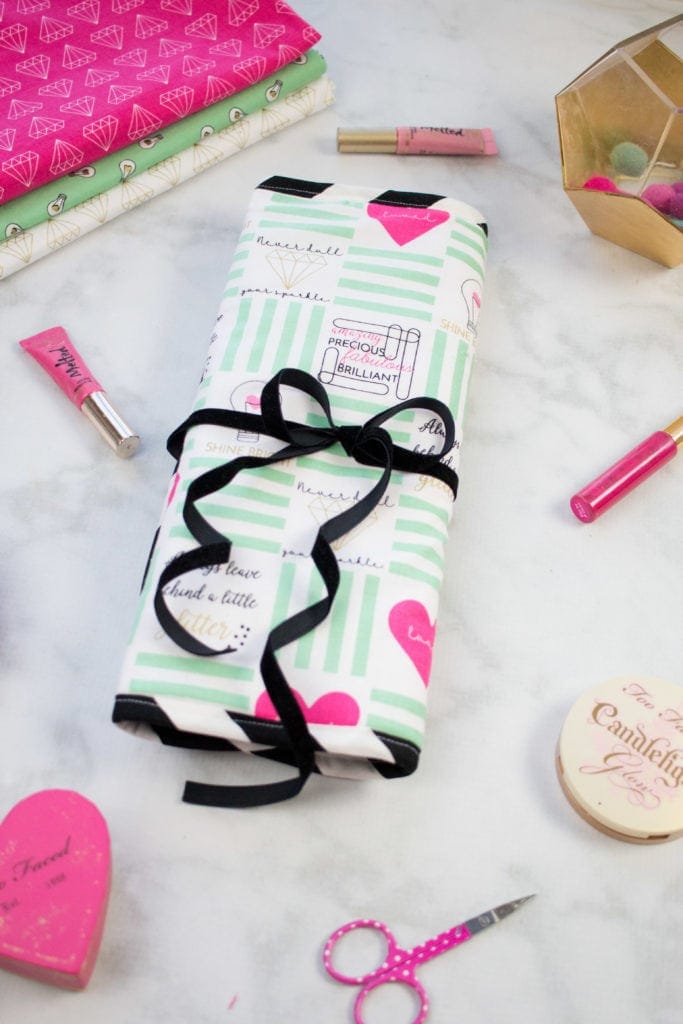
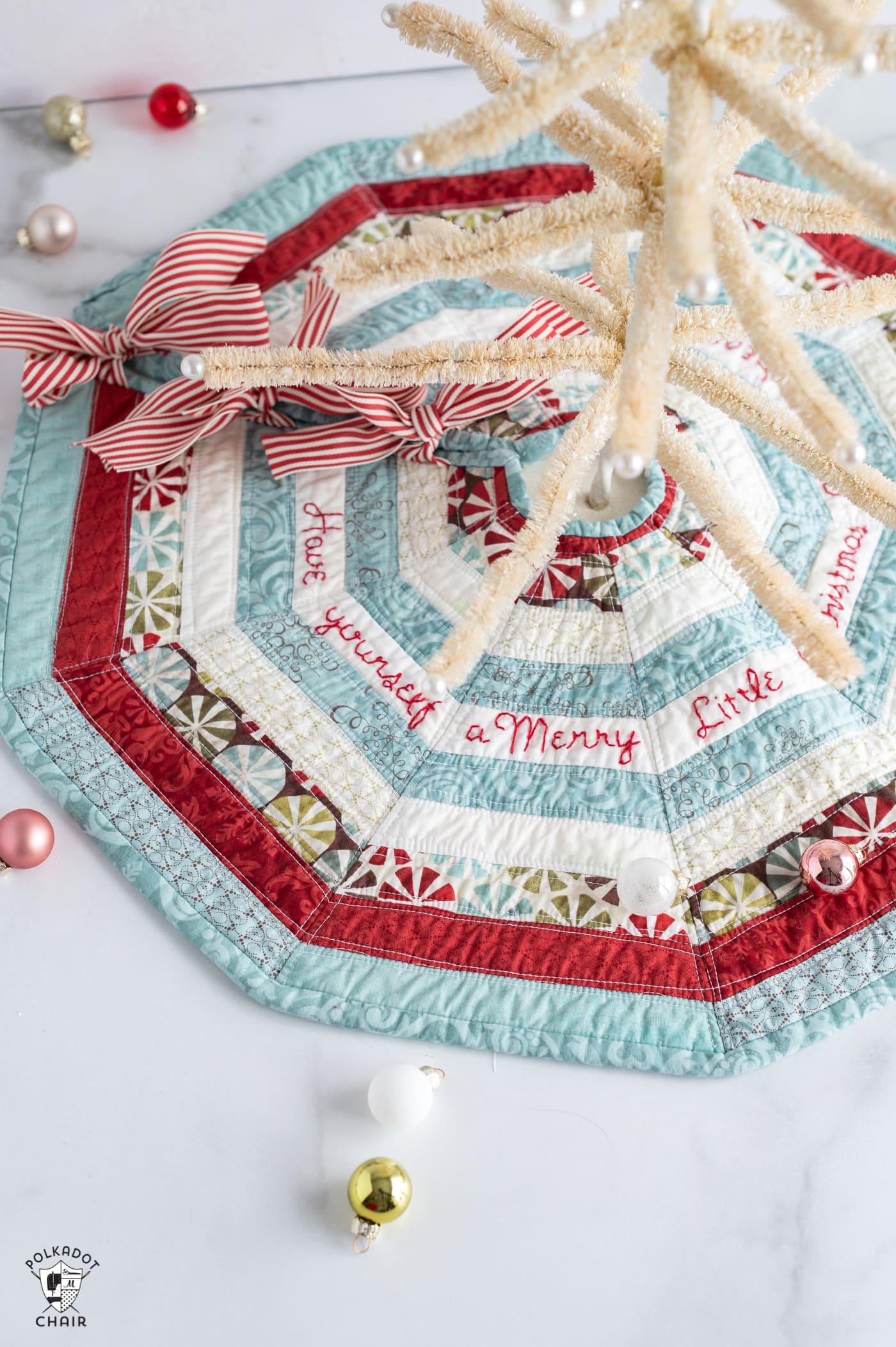
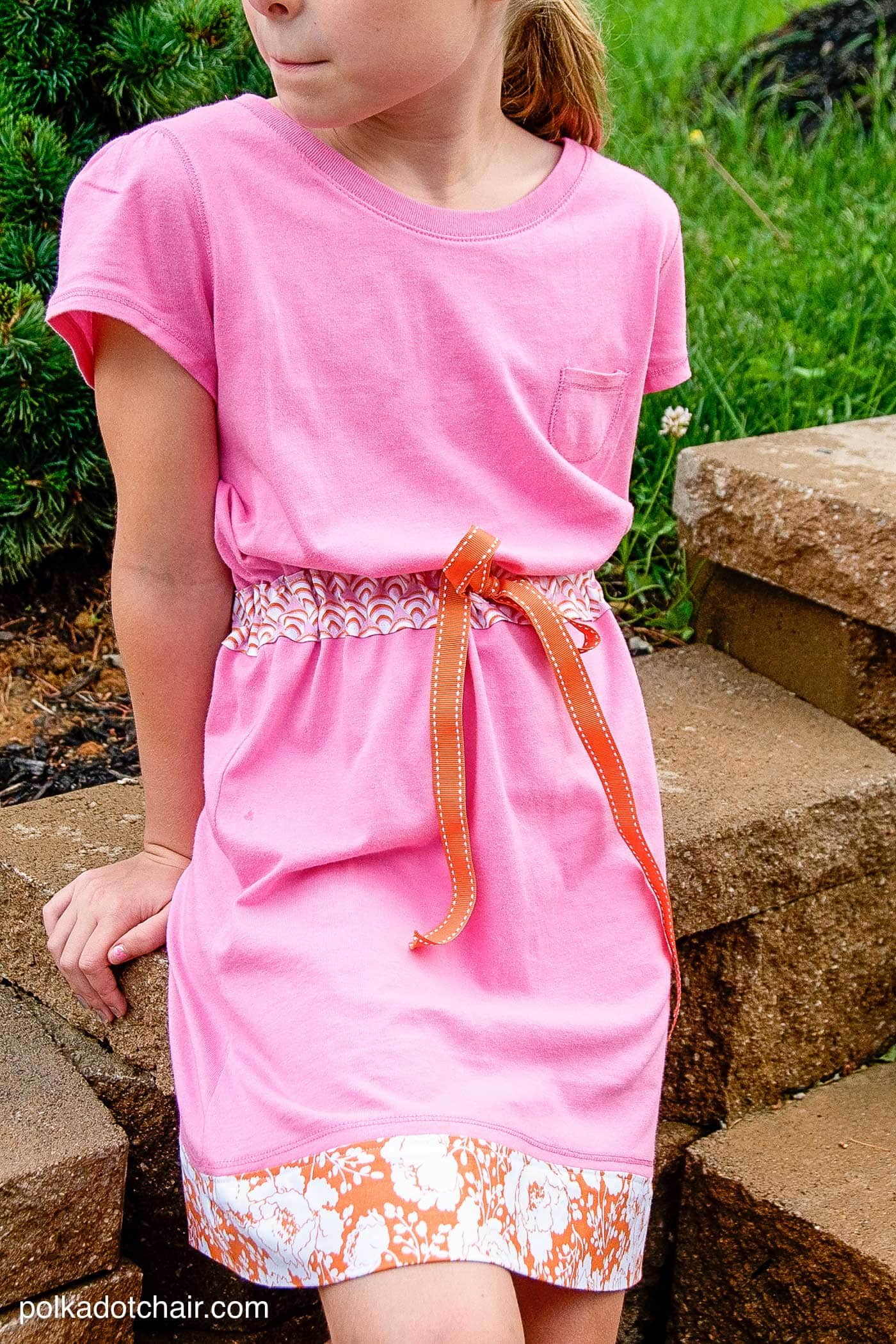
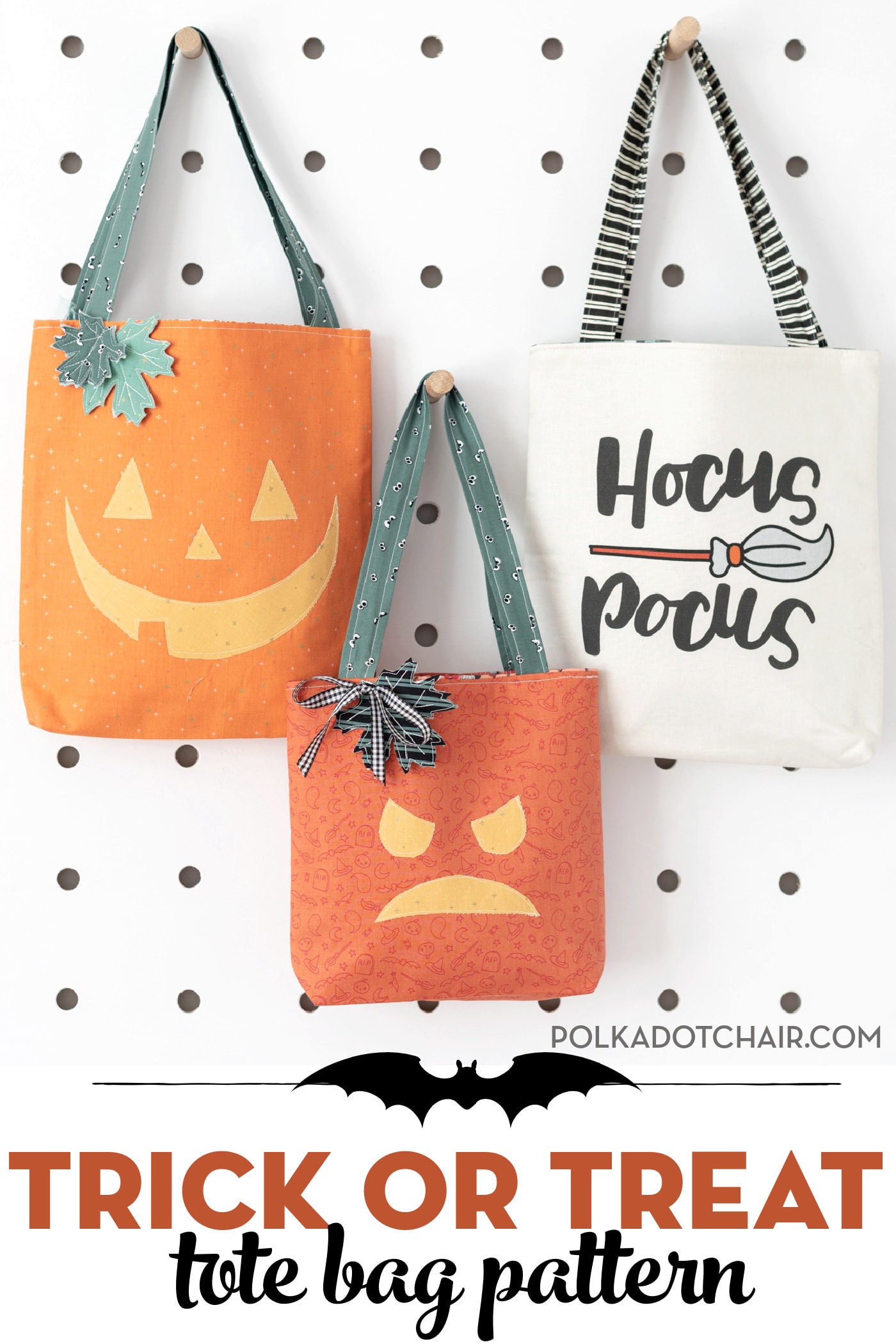
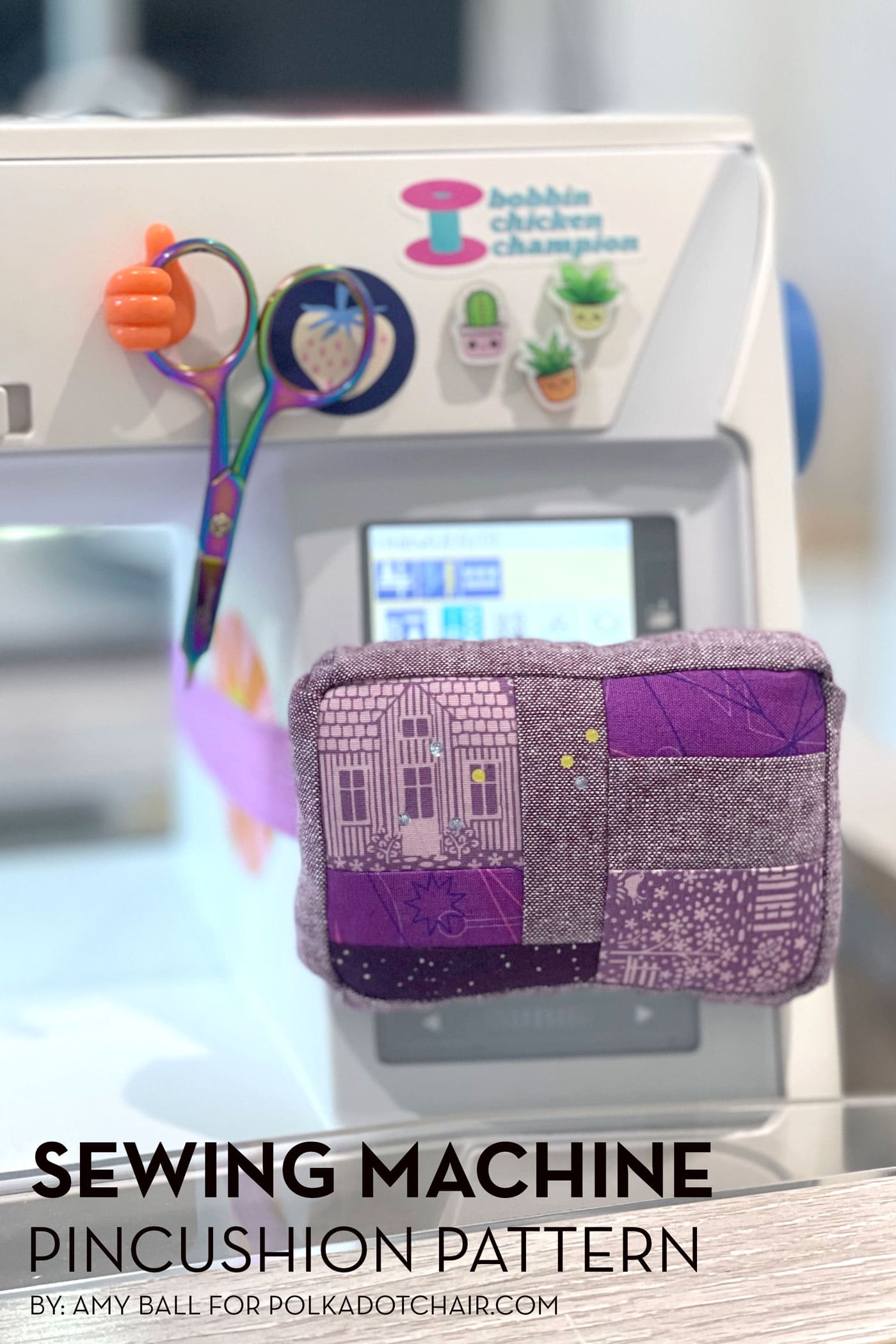
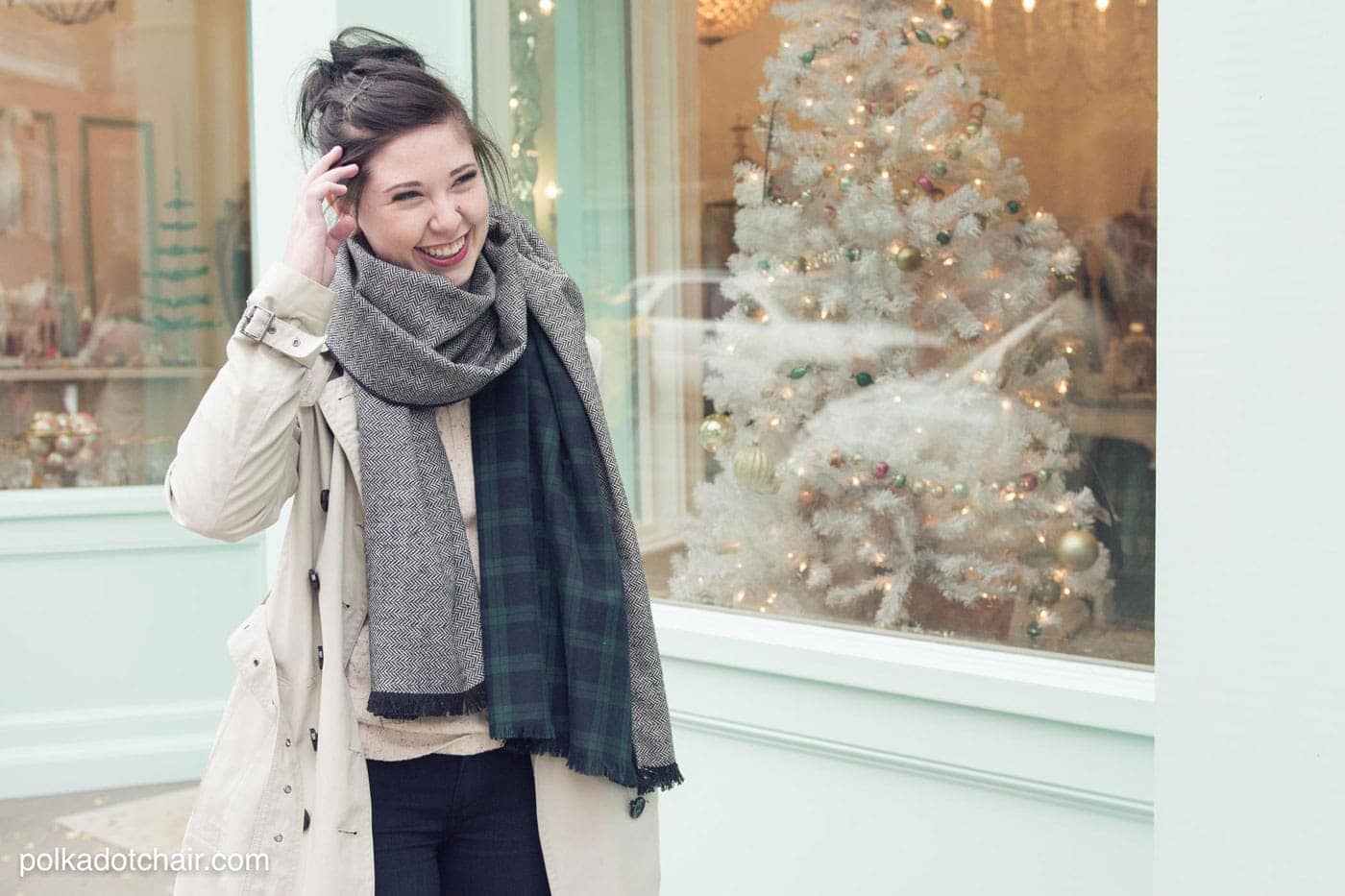
Your tips are excellent. I have been making my elephant pillows with Minky for 13 years. The pinning, needle recommendations are spot on. I also think it’s wise to note that with the nap, making seams with two “opposite” naps is NOT recommended. The two pieces shift and you end up with extra on one end or the other. You have just helped reinforce my personal guidelines for using Minky. I learned the hard way!
Thanks for the tips about the nap!
Thank you so much for this post Melissa! Honestly, I thought you were a crazy lady telling me to pin every inch (and I was sewing 90″!), but you were SO totally right. No slipping at all and no stretching or pulling. It’s still not my favorite thing to sew, but your tips made it so easy. Thanks again!!
Sounds like too much trouble. Thanks for the post/info.
Do you have a favorite quilt basting spray?